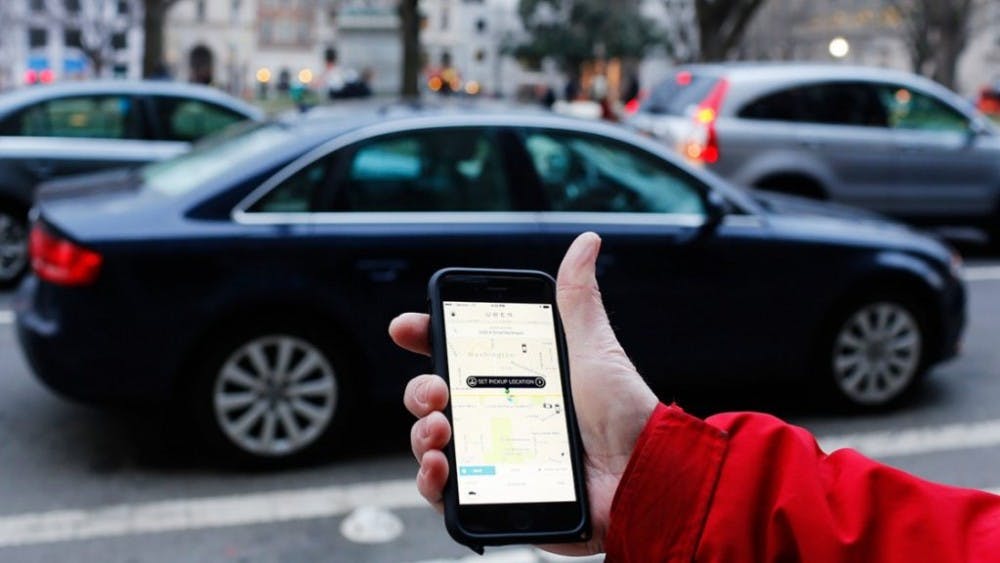Imagine calling for an Uber only to find that a car pulls up with no driver at the wheel. While such an event may only seem possible in science fiction movies, the project is already underway in Pittsburgh, home of the hotbed for robotics, Carnegie Mellon University (CMU), where Uber has been testing its self-driving technology.
Travis Kalanick, CEO of Uber, is aiming to replae all of Uber’s human drivers with self-driving cars and so has been recruiting engineers and mechanics to Carnegie Robotics, a company which had been affiliated with CMU’s Robotics Center. Uber is using approximately 100 Volvo XC90s in Pittsburgh that come equipped with self-driving technology.
Some passengers may be wary of getting into a car that does not have a human driver due to fears of vehicle malfunction.
However, in Uber’s early stages of implementing self-driving cars, each car will have one engineer who will drive the car if needed, along with a co-pilot, who will document information on the quality of the drive and whether there were any issues during it.
In addition, Uber will waive the fare of all rides by the self-driving cars for the duration of the testing.
On the other hand, this could mean bad news for Uber drivers. If the self-driving project is deemed successful, there might be progressively more self-driving cars for Uber, which means fewer jobs for drivers.
Uber acquired its self-driving technology from a startup called Otto. Initially, Otto’s self-driving technology was supposed to be applied to delivery trucks, but they have expanded to work with Uber vehicles.
Furthermore, the founders of Otto had previously worked for Google’s self-driving project. By developing self-driving cars, Google aims to reduce the 12 million traffic accidents worldwide, of which about 94 percent are caused by human error. Google is currently testing their self-driving cars in Austin, TX; Kirkland, Wash.; Phoenix, Ariz. and Mountain View, Calif.
One of the founders of Otto, Anthony Levandowski, revealed that he left Google’s project because the company was developing at a slower-than-expected pace. Uber seems to be willing to move at a faster pace into human passenger trials.
“We were really excited about building something that could be launched early,” Levandowski said to Bloomberg.
Because Levandowski brought along several more members to Otto from Google, Google’s self-driving project seems to have stalled.
There is now a major push from Uber to have an entirely self-driven fleet of cars by 2021.
Volvo is currently the only car brand that is involved with Uber’s self-driving project.
However, other car manufacturers could potentially jump on the bandwagon and become part of the safe driving movement that Uber is trying to promote with Otto’s technology.
Other companies that offer self-driving cars include Tesla Motors, with their autopilot feature which can be used on highways and Google, which has been seen as the leader for years but is progressing at a slower rate. However, Uber is the only company that offers a self-driving car sharing service.
Kalanick predicts that transportation via self-driving car will eventually be cheaper than buying and owning a car in the long-term. This could be seen as a threat for automobile companies such as Volvo, who have already gotten in on the movement. However, car companies see it as something else.
“We see it as an opportunity,” Håkan Samuelsson, CEO of Volvo Cars, said to Bloomberg.
We are still in the early days of self-driving technology, and there have been a fair share of accidents involving Tesla’s Autopilot and Google’s cars. Uber, nevertheless, seems to be learning from the lessons of these two companies by having an engineer ready to take the wheel at a moment’s notice in case something were to go wrong.
It may not be long before we start seeing fewer drivers on the road, and with them potentially fewer car accidents.





